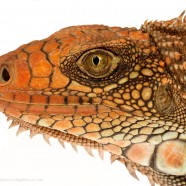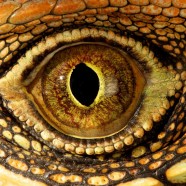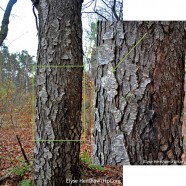Eight-spotted Forester
This Eight-spotted Forester (Alypia octomaculata) was photographed in poor conditions with the bright, noon sun shining down on the otherwise cool, black body, creating an iridescent look. More moths are popping up by the day…or night…or both!
Read MoreGreen Iguana (Iguana iguana)
The answer to this post? The Green Iguana (Iguana iguana)! This wild individual was photographed in Costa Rica by RTPI Affiliate Sean Graesser for the Meet Your Neighbours global divesity project.
Read MoreIdentify Eye
Can you identify this elegant eye? It is a reptile…and that is all you get to know other than the fact it was taken by RTPI Affiliate Sean Graesser in Costa Rica. Keep an eye out for the answer in an upcoming post.
Read MoreTufted Titmouse digging in leaf litter
Can you identify this bird with its back to us? The Tufted Titmouse (Baeolophus bicolor) does not have legs and feet specifically designed to scratch at the earth that many sparrows possess. Even if it did they would have a tough time getting through these layers of leaves. This bird was ripping away with its bill, leaf by leaf, sifting through them to find some food. It was an organized, frantic and impressively strong leaf tossing frenzy. Good hunting, little one!
Read MoreWinter Tree ID
As autumn is winding down in Western New York, more leaves are on the ground rather than on the twigs of the trees from which they came. With no leaves, tree identification throughout the late fall and winter can be rather challenging. However, paying close attention to a tree’s bark can help identify it, as each species has its own unique bark as they do leaves. Take the tree pictured here for example. It has flaky, reddish bark in places making it look somewhat similar to a Black Cherry (Prunus serotina). But, there are several flat pieces with horizontal lines going across them as...
Read More








